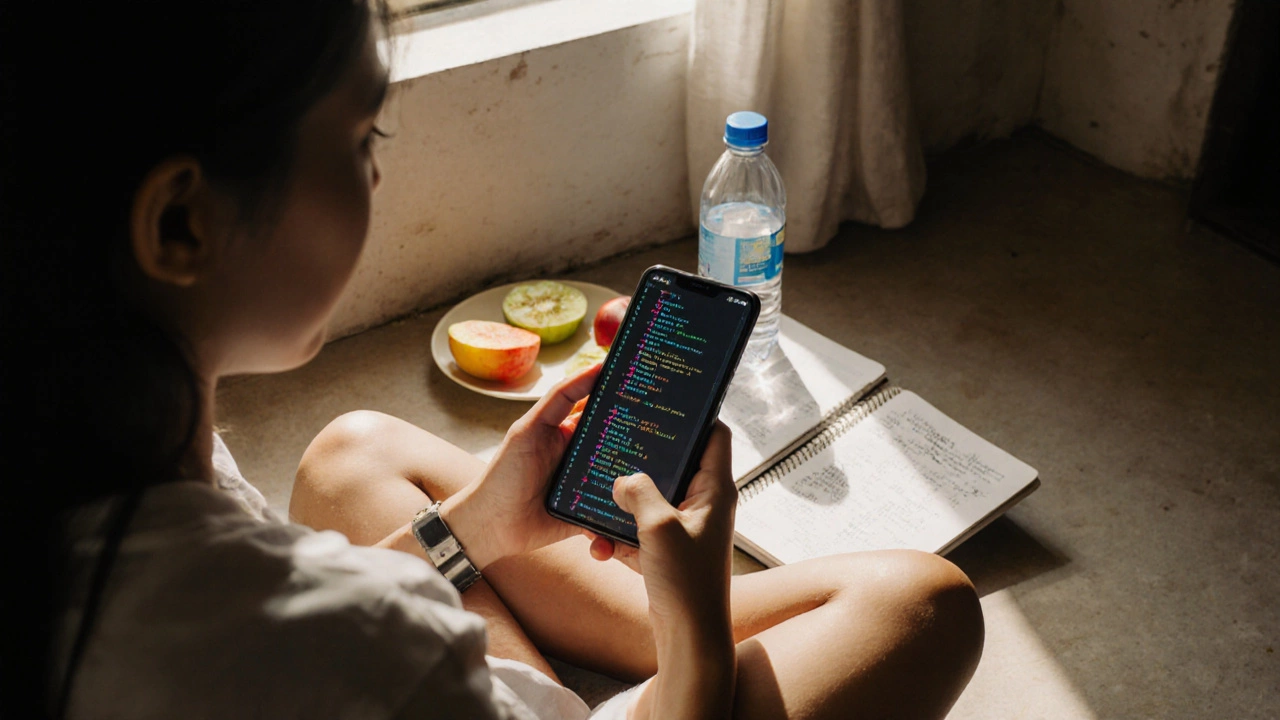Mobile Coding Basics: How to Start Building Apps Right Now
Ever wondered how those games and utilities end up on your phone? The answer is simple – they’re built with mobile coding, and you can do it too. You don’t need a computer science degree, just a curious mind and a few free tools.
First thing’s first: pick a platform. Android and iOS dominate the market, but the learning curve differs. Android lets you code in Java or Kotlin using Android Studio, which is free and works on Windows, macOS, and Linux. iOS requires Swift and Xcode, and it only runs on macOS. If you’re not ready to buy a Mac, start with Android – you’ll get a solid foundation that translates to iOS later.
Set Up Your Development Environment in Minutes
Download Android Studio from the official site, run the installer, and let it configure the SDK for you. The IDE (Integrated Development Environment) might look busy, but you’ll only use a handful of features at the start: the code editor, the layout designer, and the emulator that mimics a phone on your screen.
If you prefer a lighter setup, try Visual Studio Code with the Flutter extension. Flutter lets you write one codebase in Dart and export apps for both Android and iOS. It’s a great “write once, run everywhere” option for beginners who want to see results fast.
Learn the Core Concepts You’ll Use Every Day
All mobile apps share a few building blocks:
- UI components: Buttons, text fields, lists – these are the visual pieces you drag onto the screen.
- Event handling: Clicking a button triggers code. You’ll write listeners that respond to those clicks.
- Data storage: Apps need to remember things. Start with SharedPreferences (Android) or UserDefaults (iOS) for simple key‑value pairs.
- Networking: Most apps talk to the internet. Learn to make HTTP requests and parse JSON.
Practice each concept with a tiny project. For example, build a “to‑do list” that saves items locally. This single app will teach you UI layout, event handling, and data storage all at once.
When you feel confident, move on to APIs. Pick a free public API – like a weather service – and display real‑time data in your app. You’ll learn how to fetch data, handle errors, and update the UI dynamically.
Don’t forget testing. Android Studio includes an emulator, but testing on a real device catches bugs you won’t see on the computer. Plug your phone in, enable developer options, and run the app directly from the IDE.
Finally, share your work. Upload the APK (Android) or TestFlight build (iOS) to friends for feedback. The more eyes on your code, the faster you’ll improve.
Mobile coding is a skill you can grow step by step. Start small, experiment often, and use the massive amount of free tutorials available on YouTube, Codecademy, and the official Android or Apple docs. In a few weeks you’ll have a working app in your pocket – and a whole new career path opened up.
Oct
29

- by Dhruv Ainsley
- 0 Comments
Can You Code with a Phone? Here’s How It Really Works in 2025
You don't need a laptop to learn coding. In 2025, you can write real apps, scripts, and websites using just your phone. Here's how to start coding on your smartphone-with no experience needed.
Mar
20

- by Dhruv Ainsley
- 0 Comments
Can You Code Using Your Phone?
With smartphones becoming more powerful, the idea of coding on a phone isn't as far-fetched as it once was. This article explores how anyone can start coding on their phone, what tools are available, and the practicality of doing so. While a laptop is often preferred for extensive work, mobile coding apps offer a surprising amount of flexibility and can be great for on-the-go solutions. From apps that mimic full IDEs to simple text editors, mobile coding is a growing trend worth exploring.